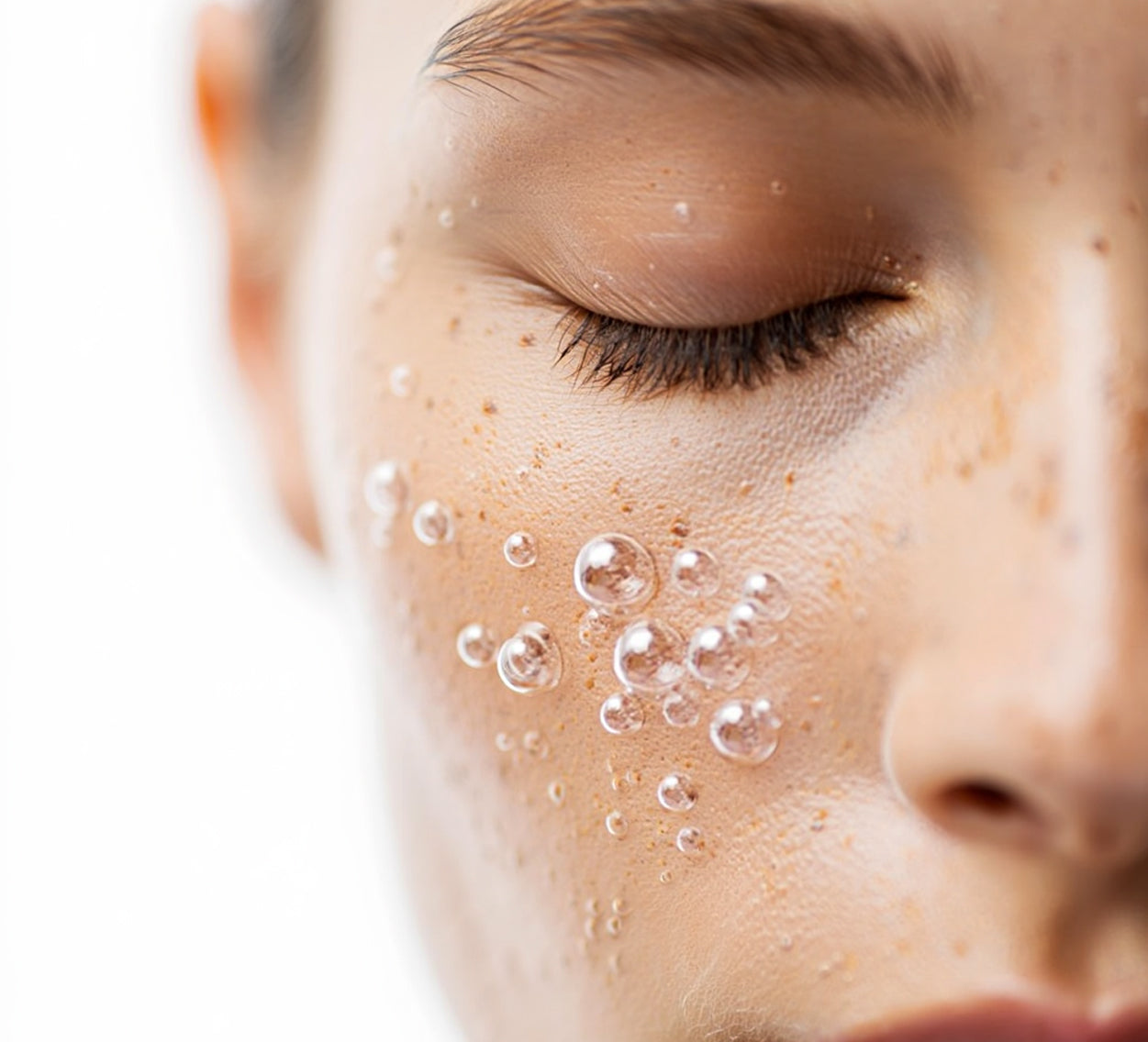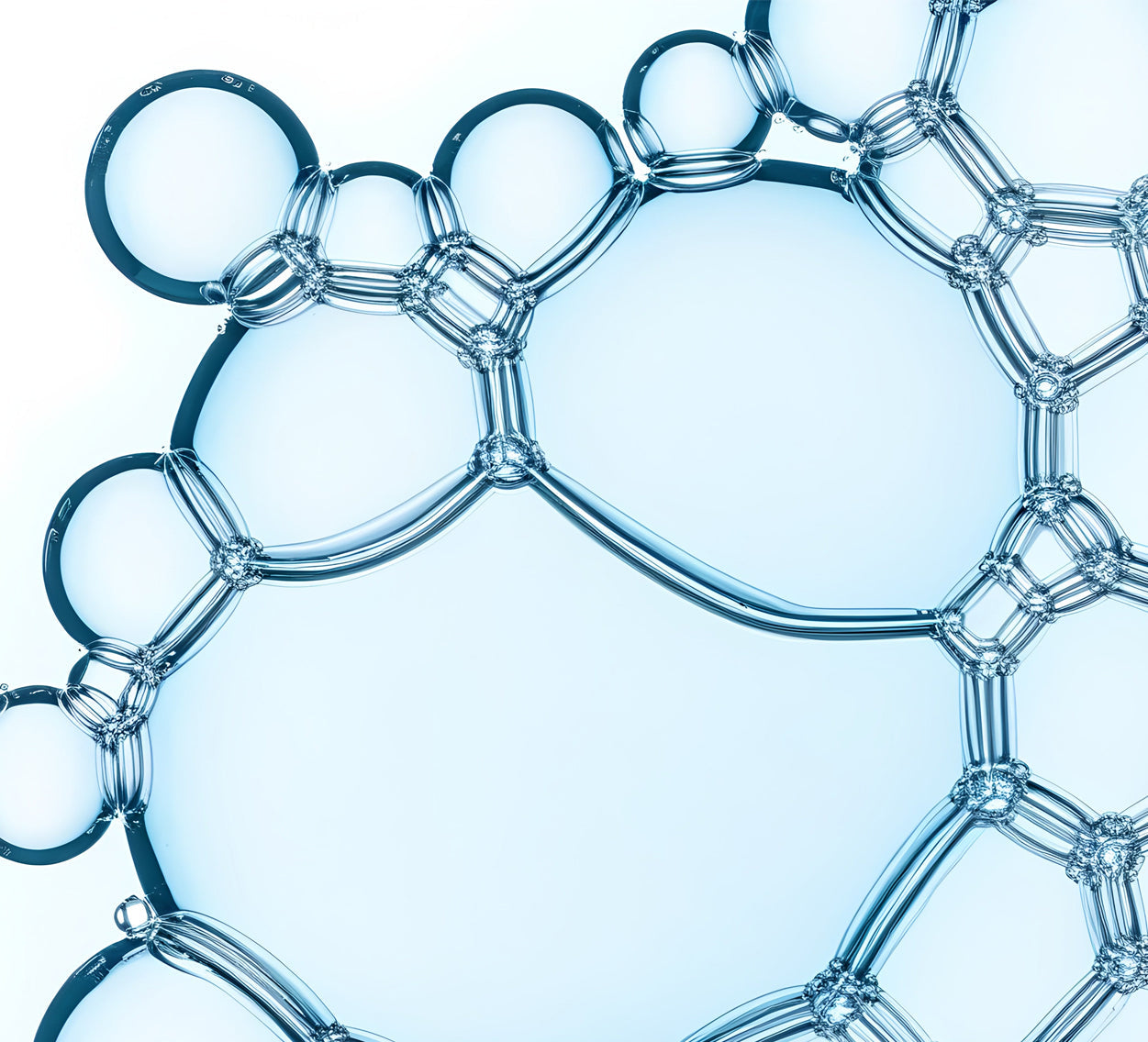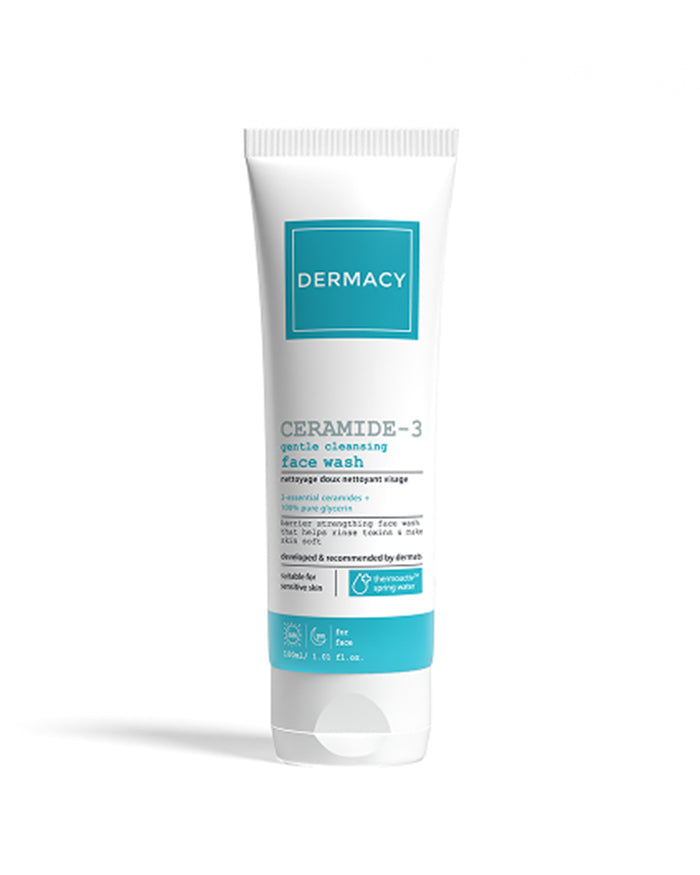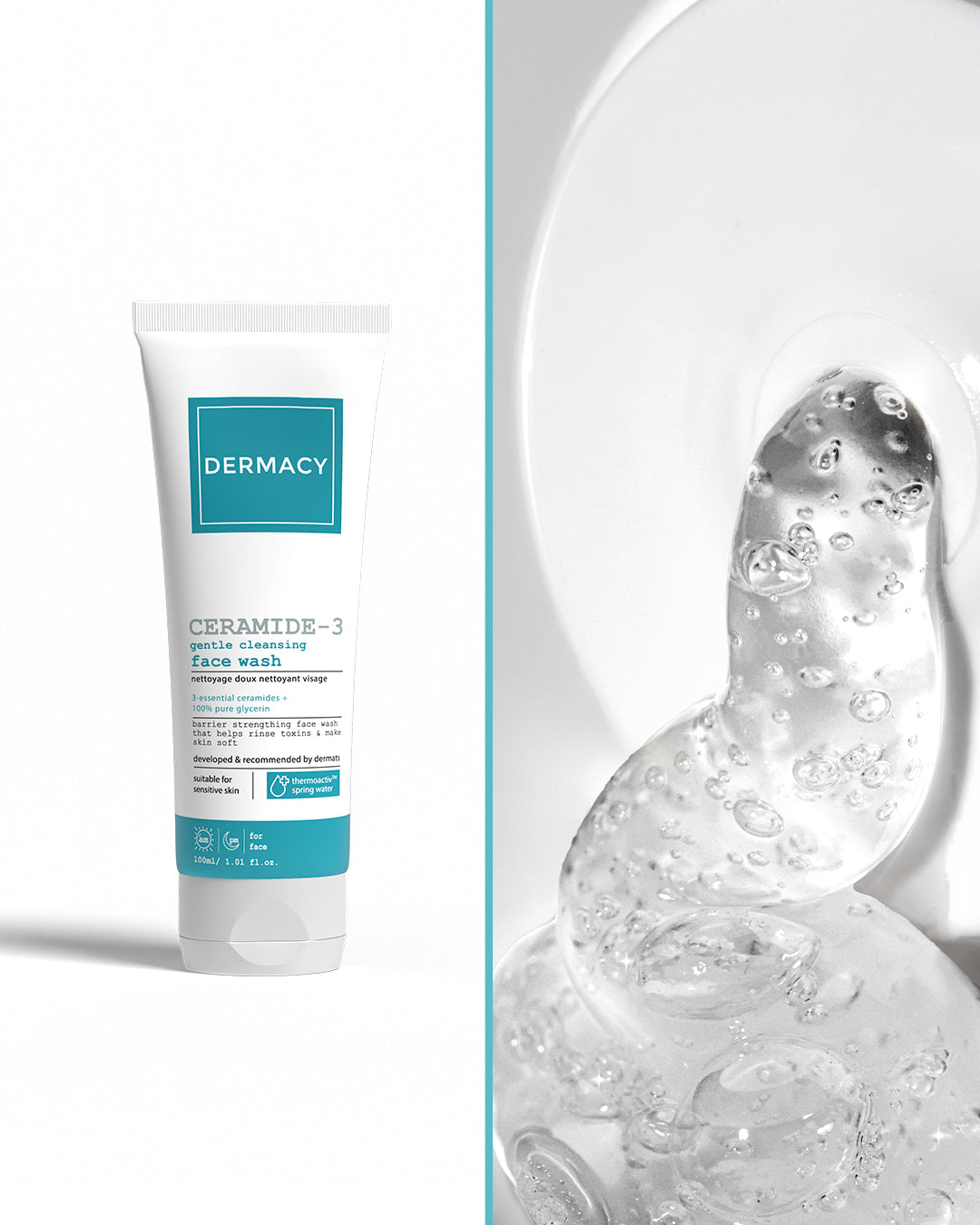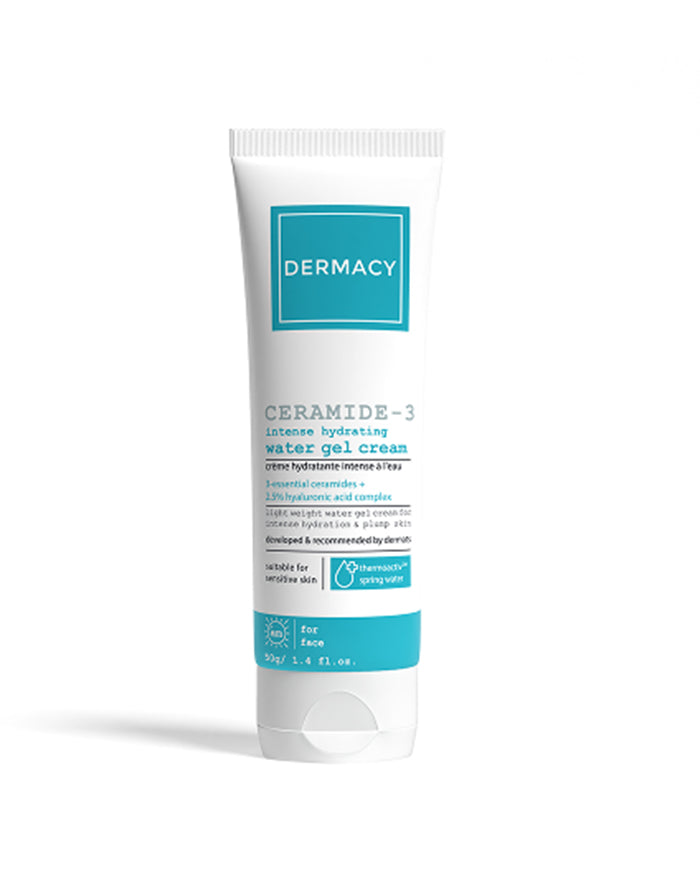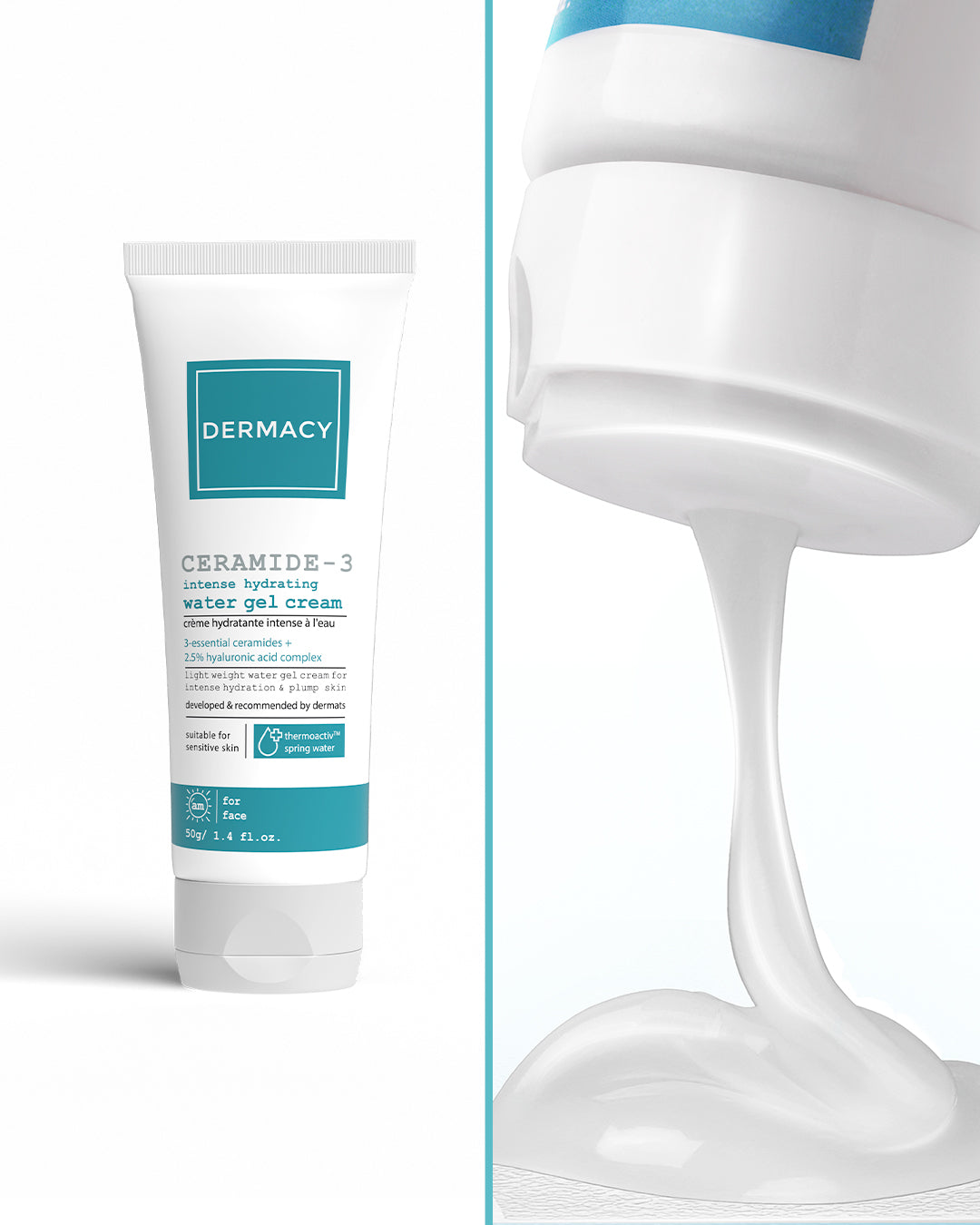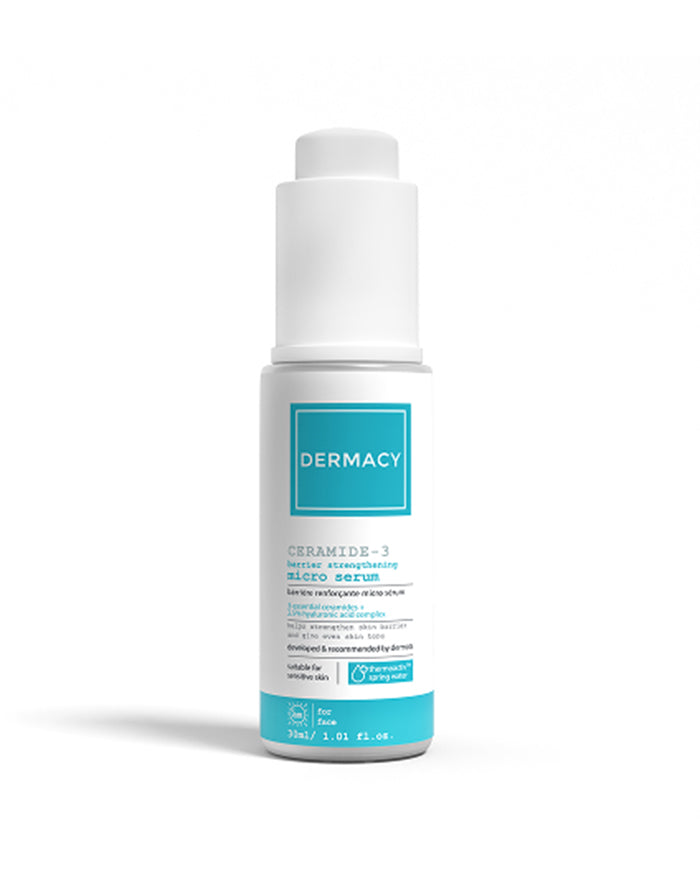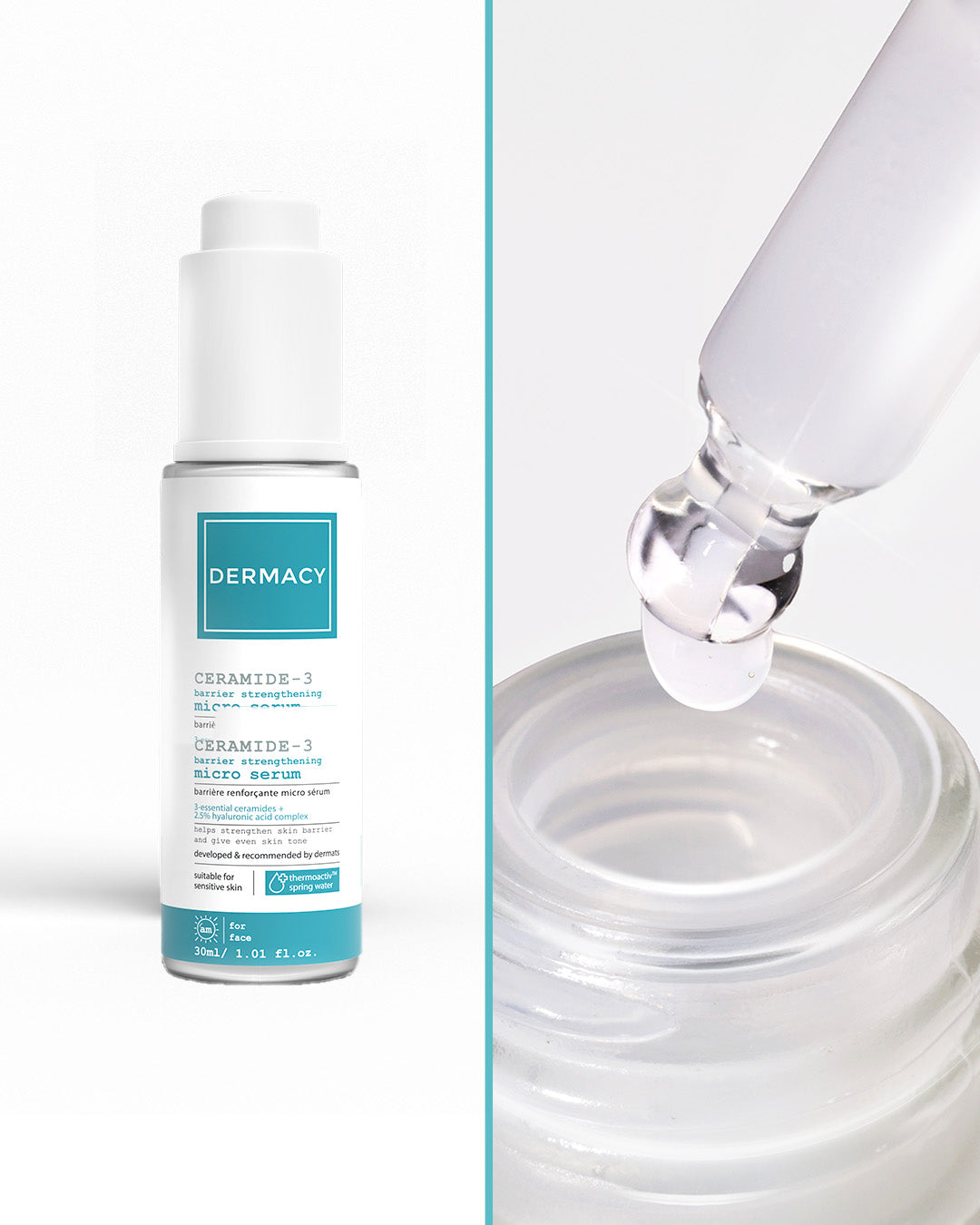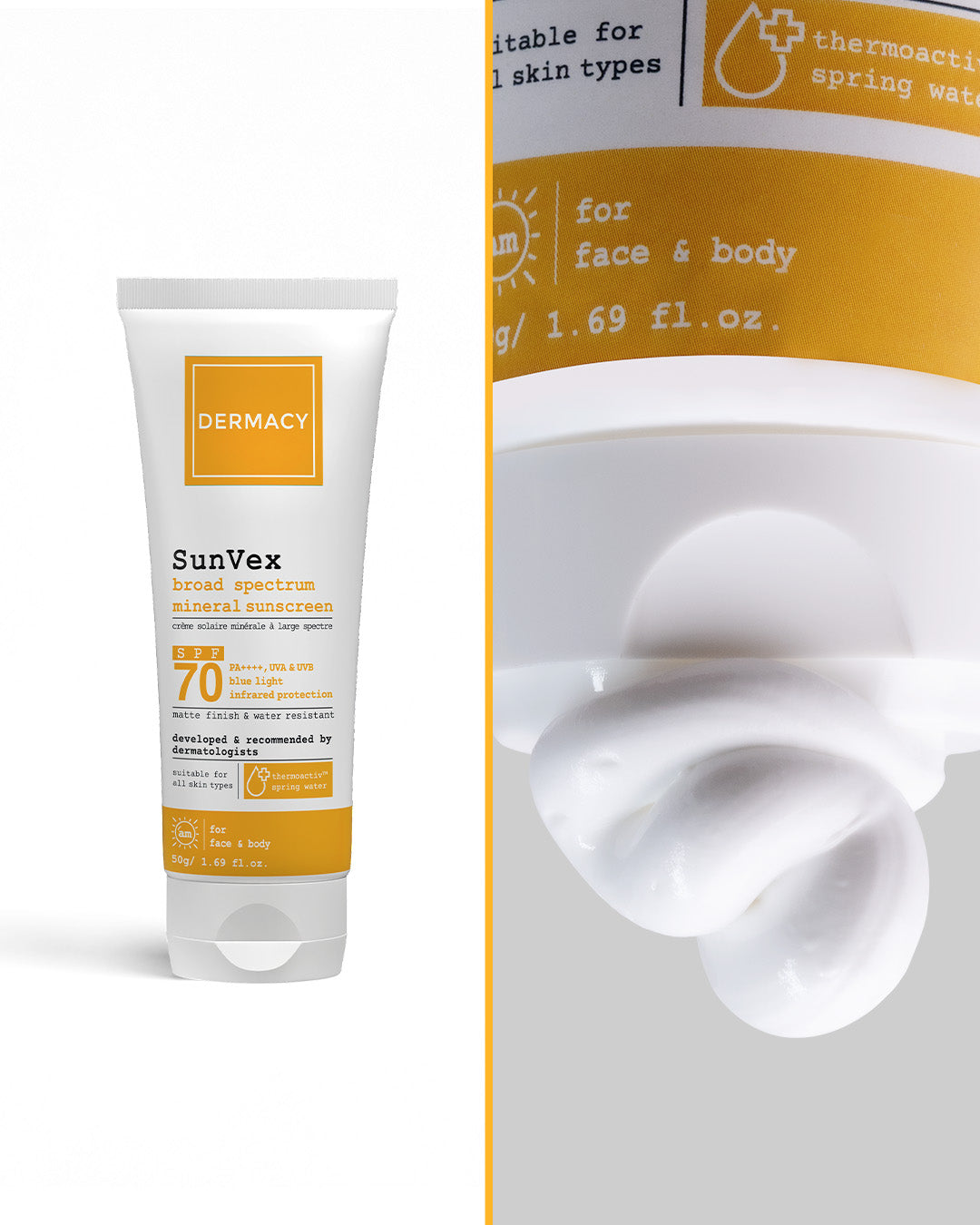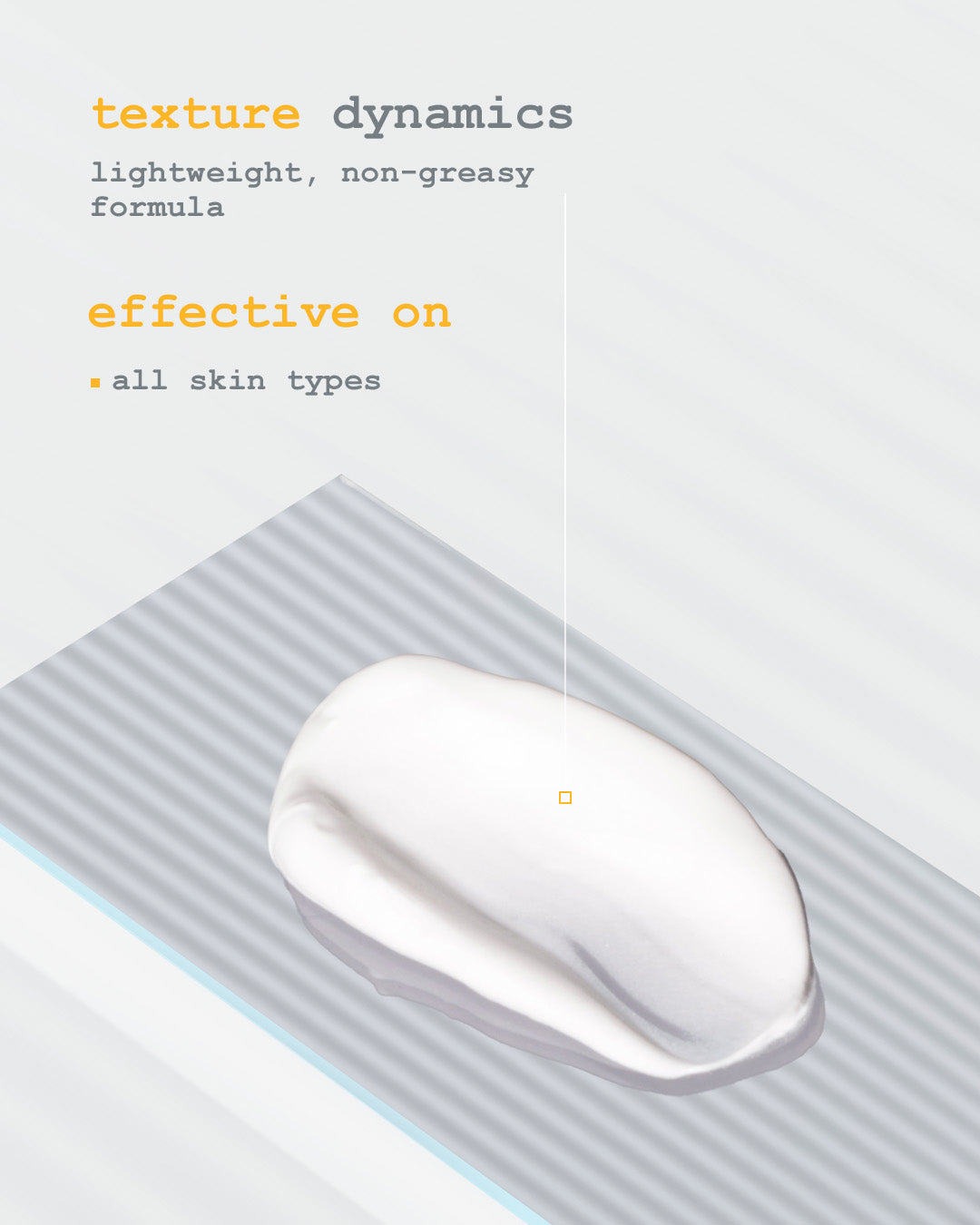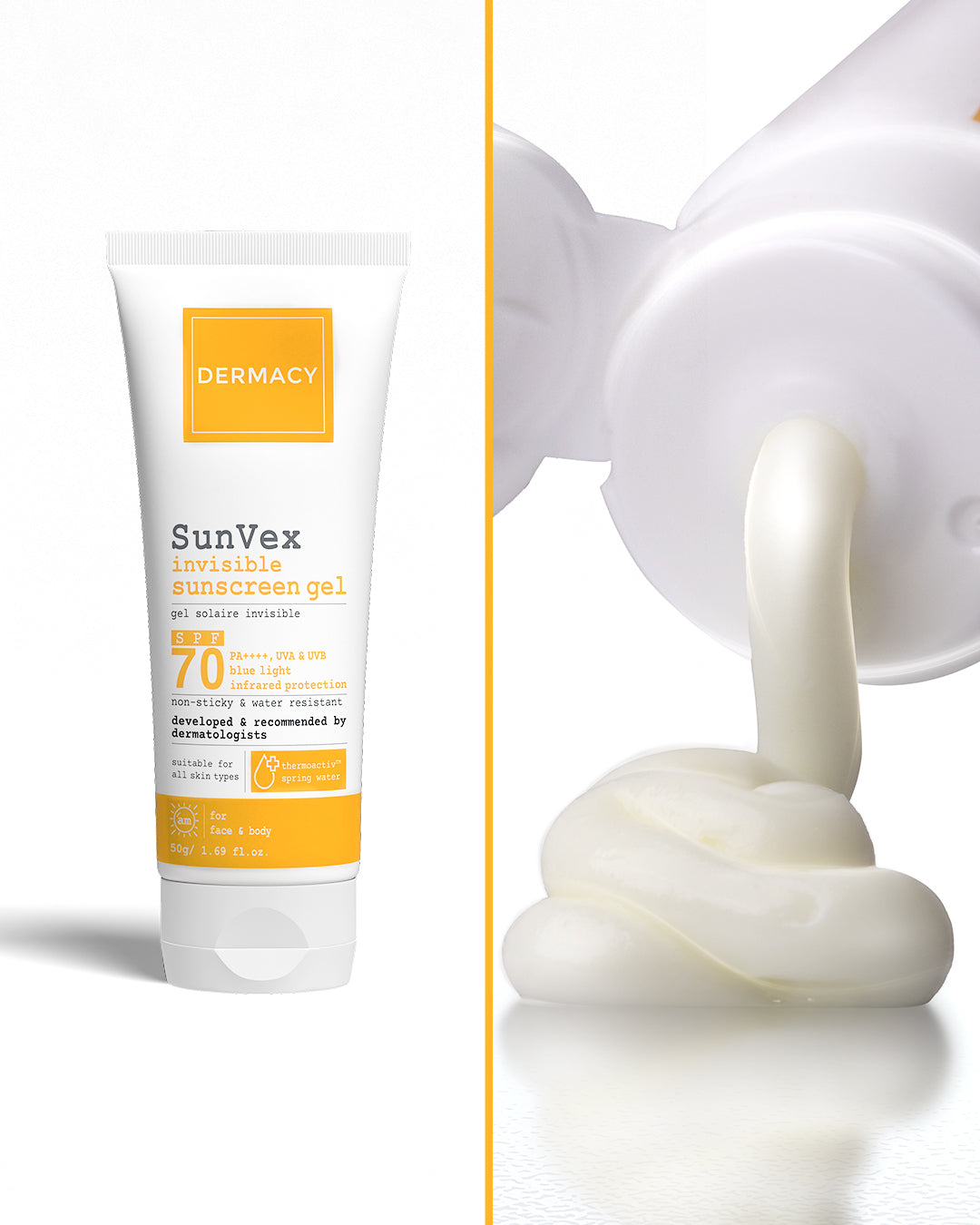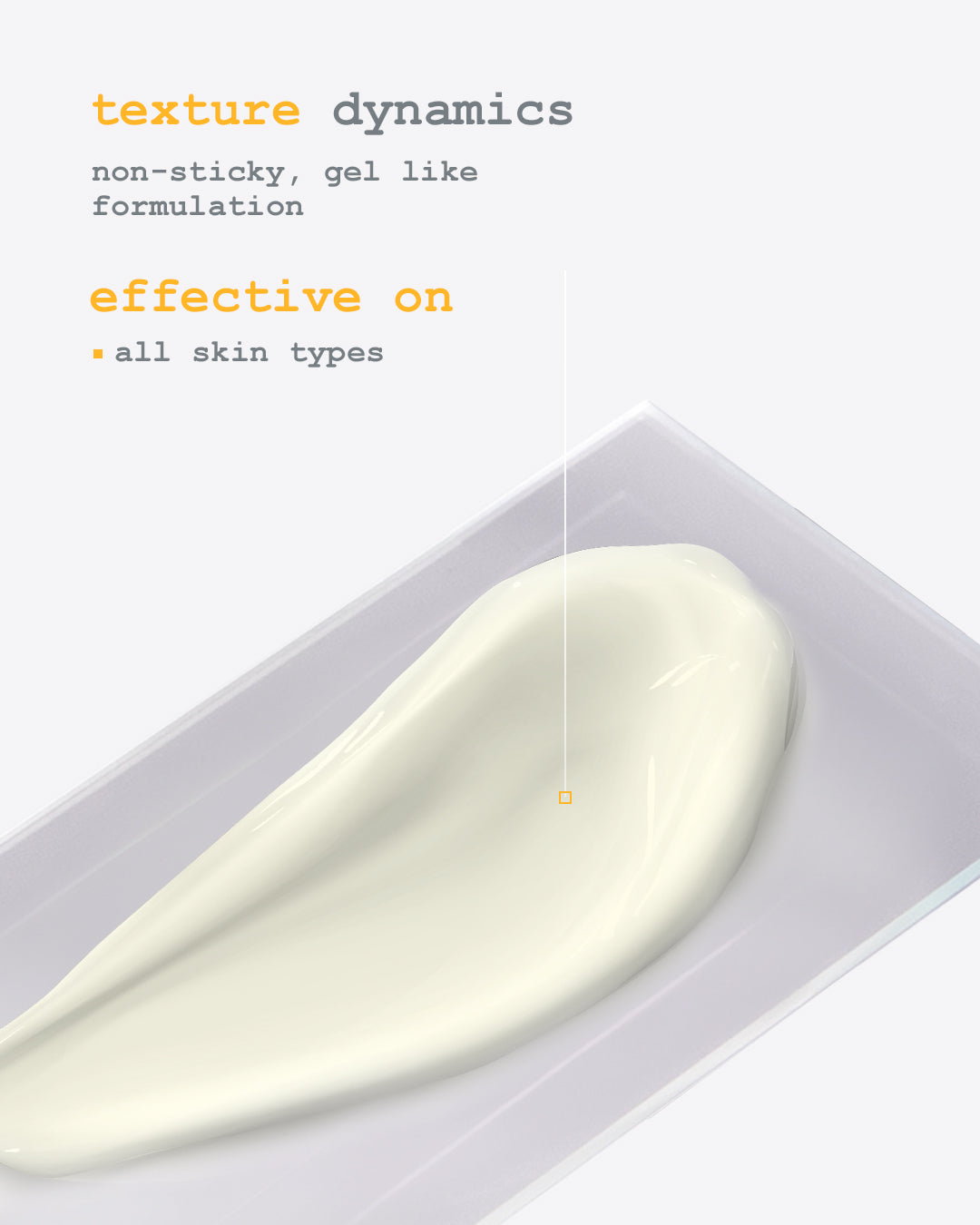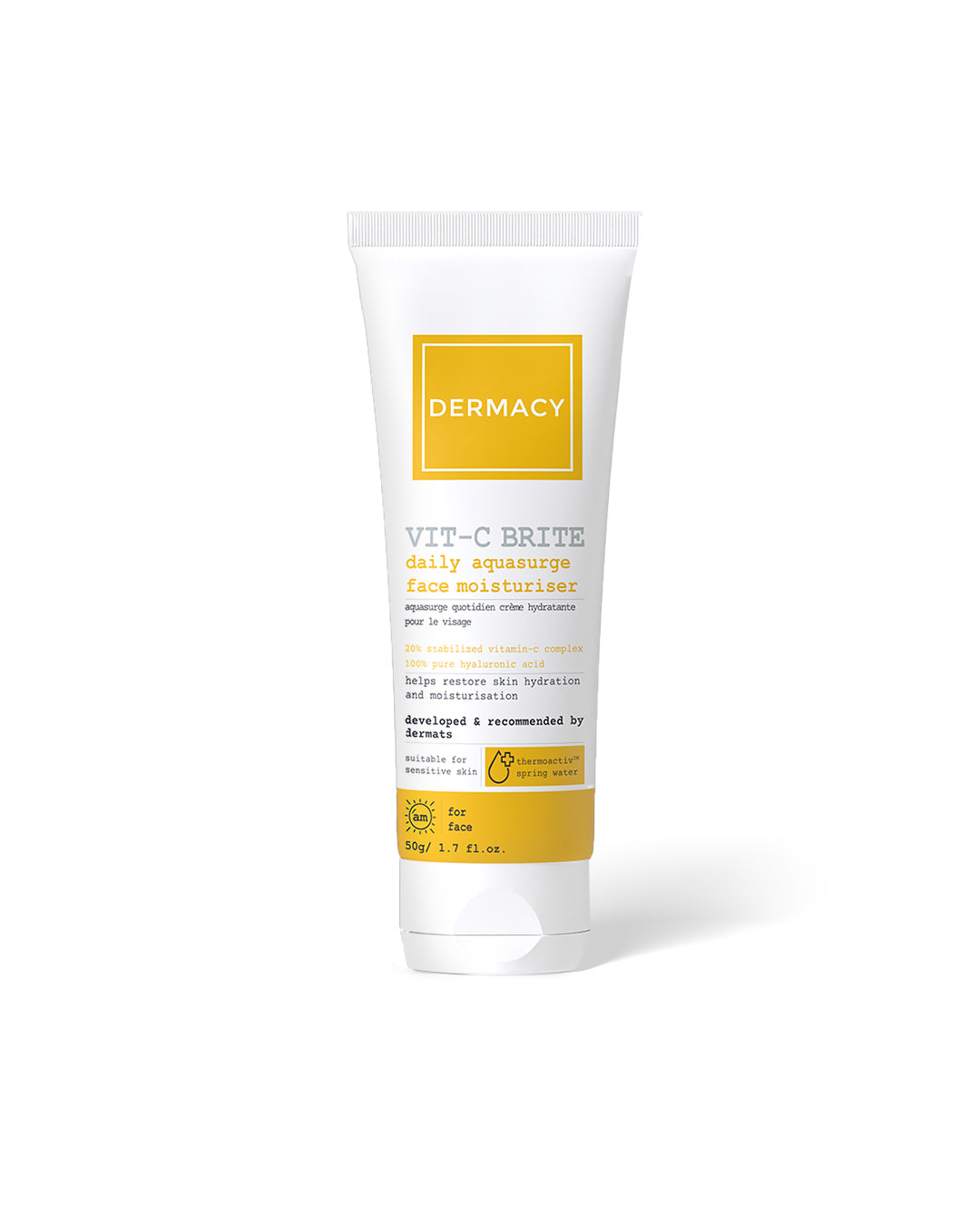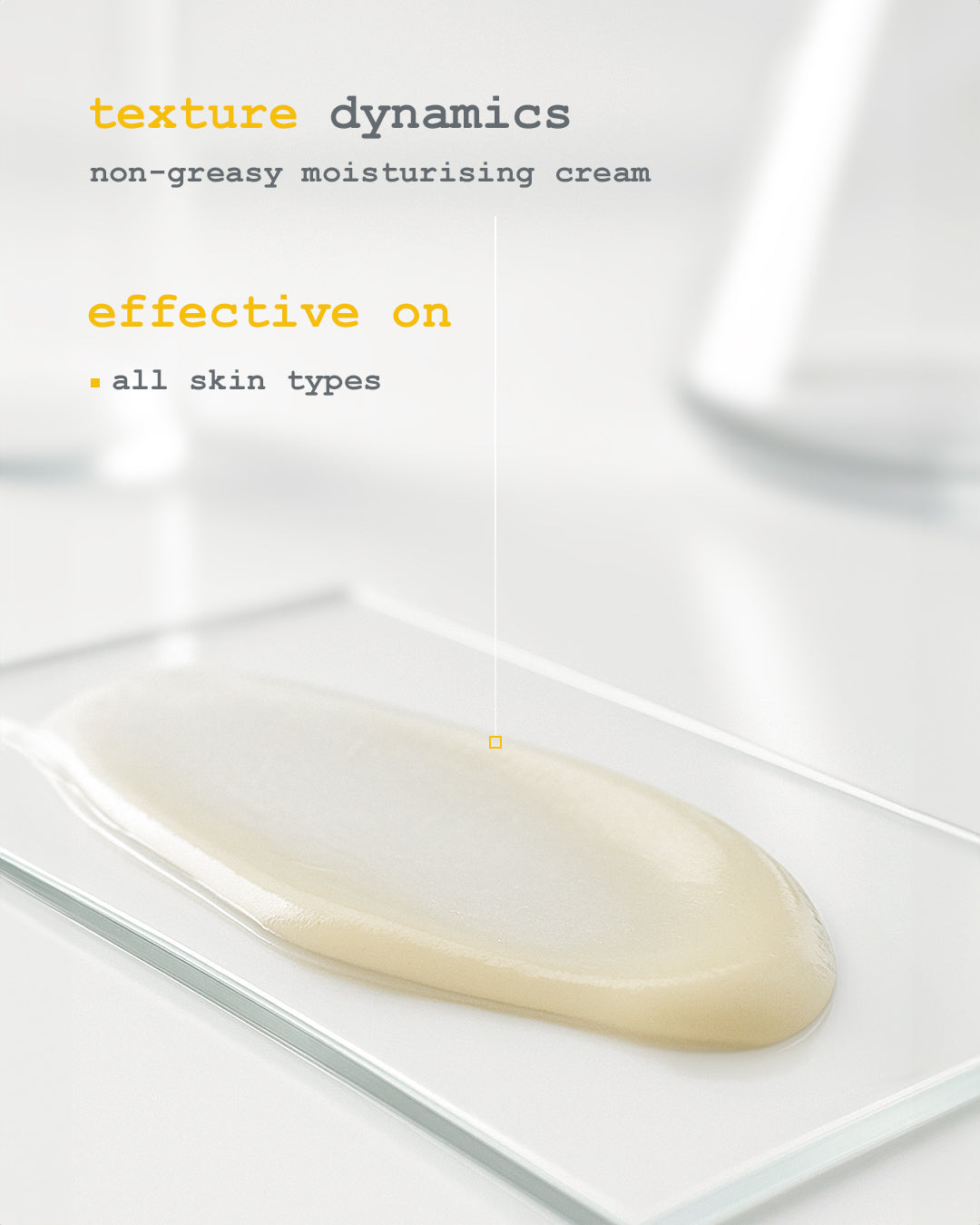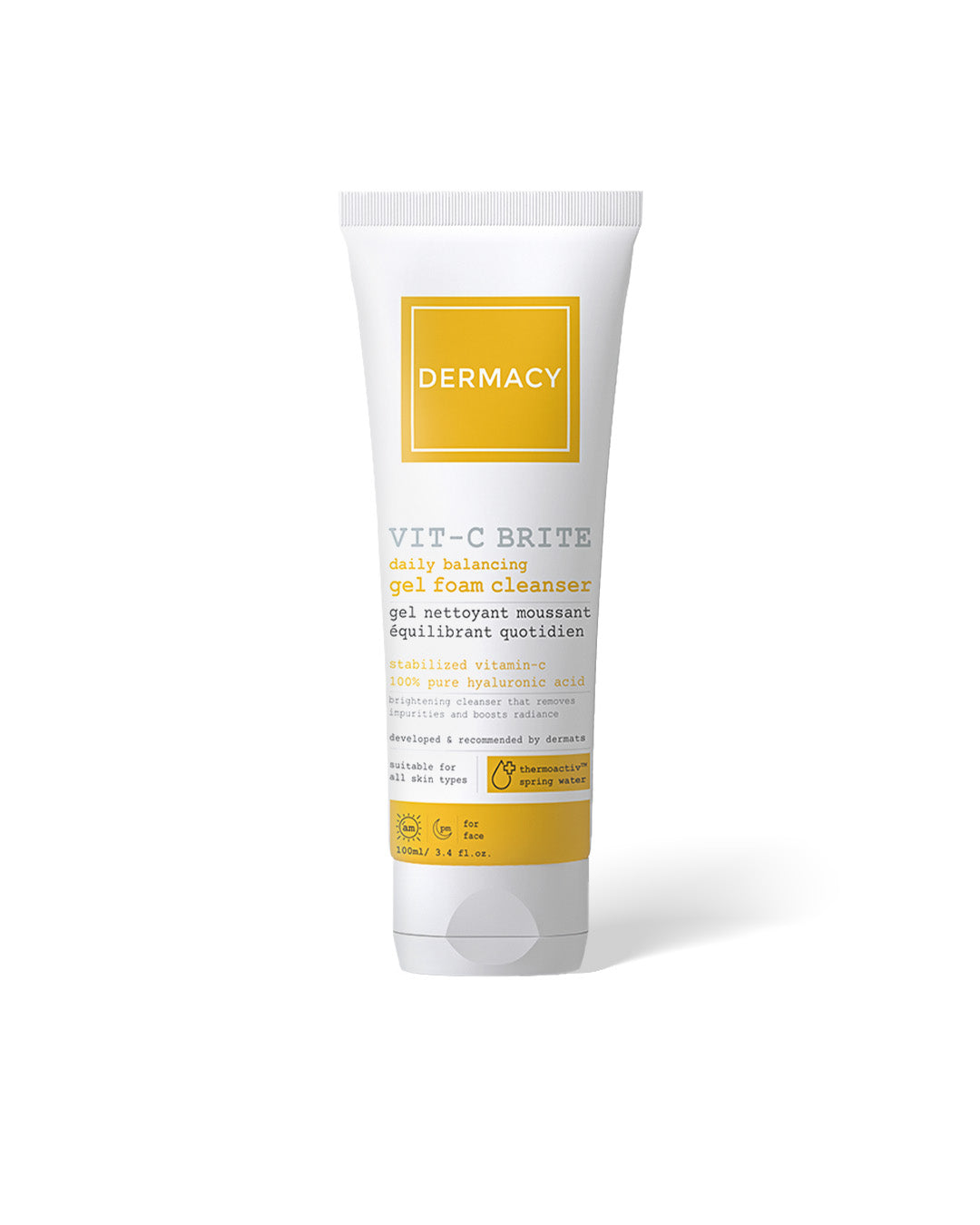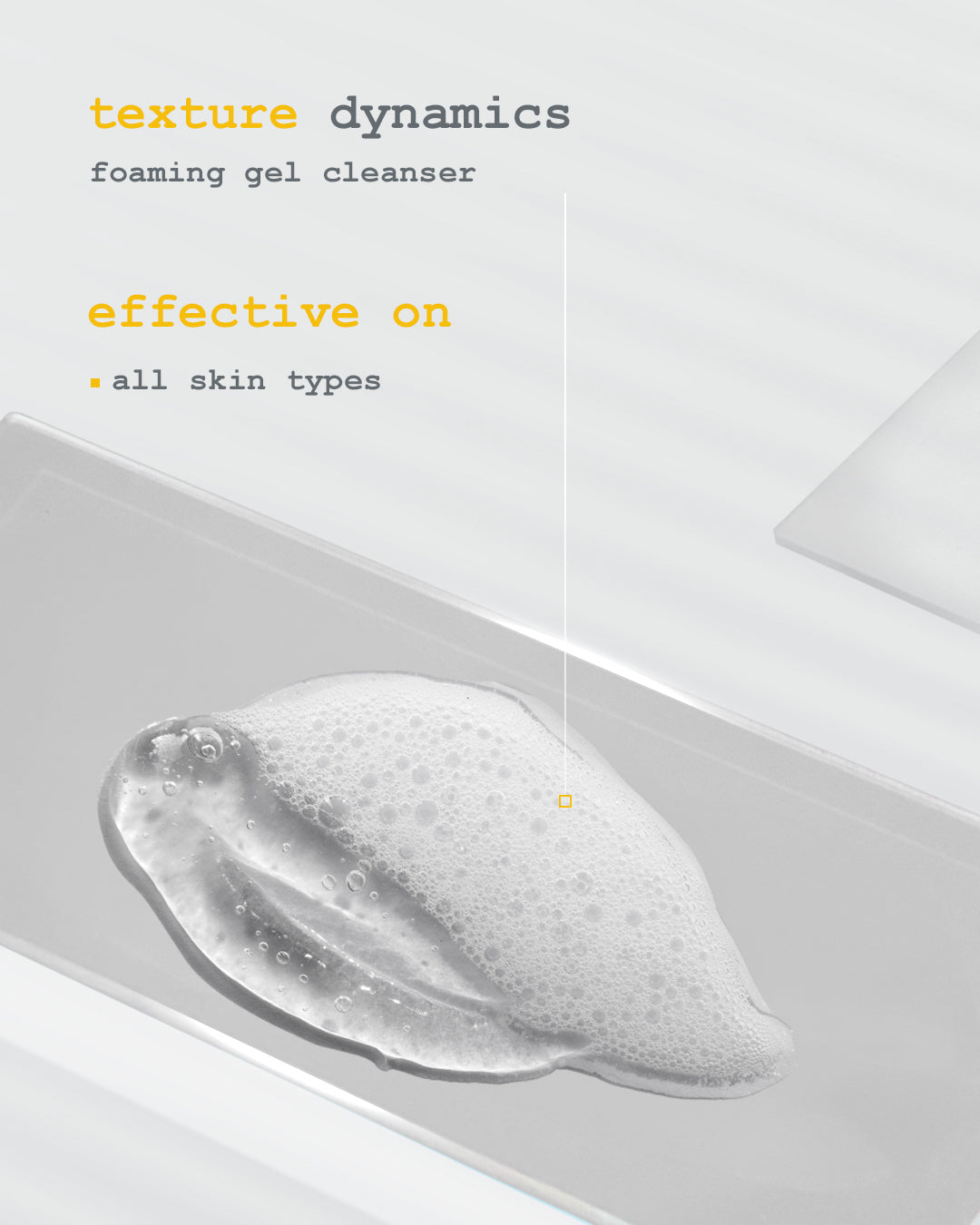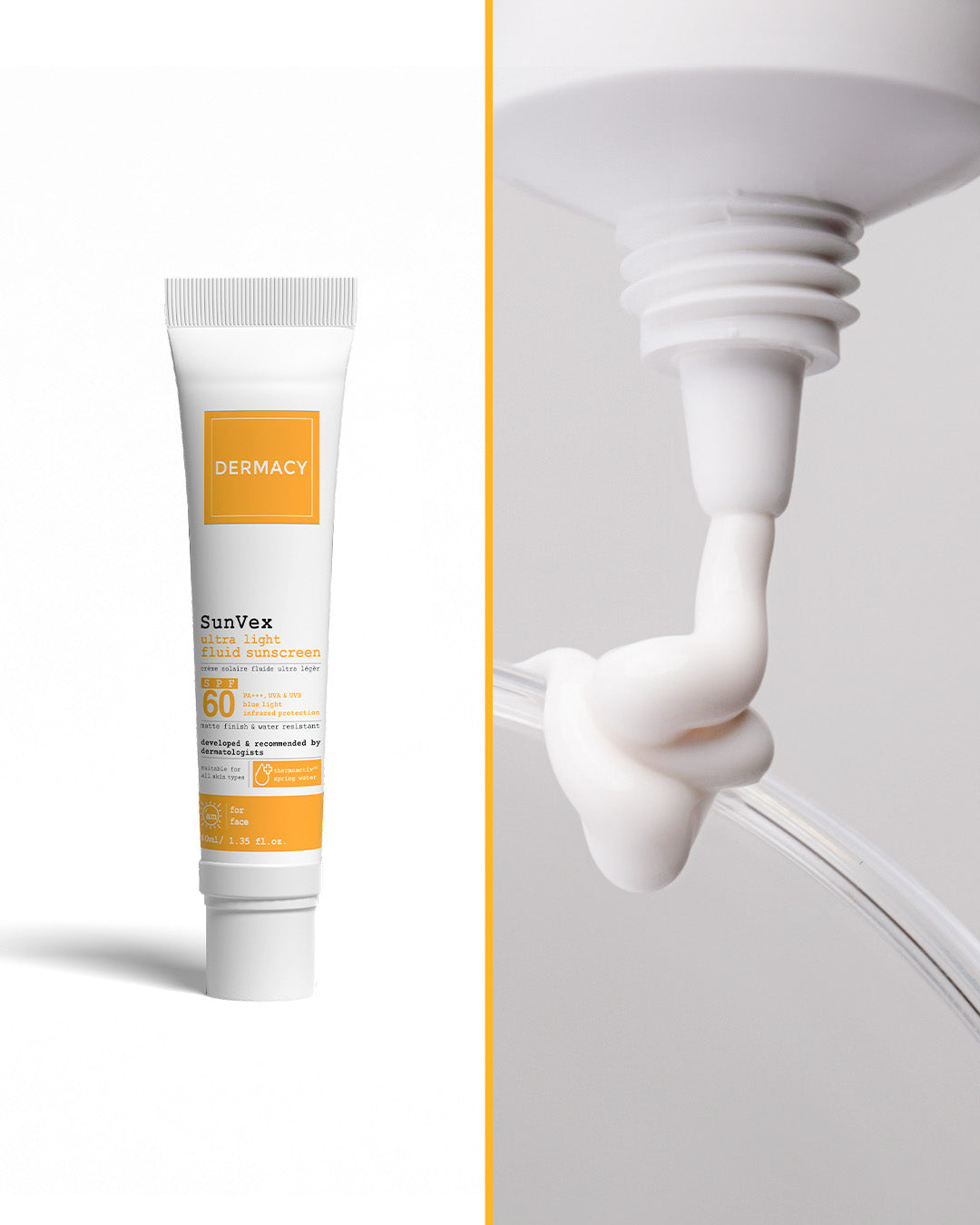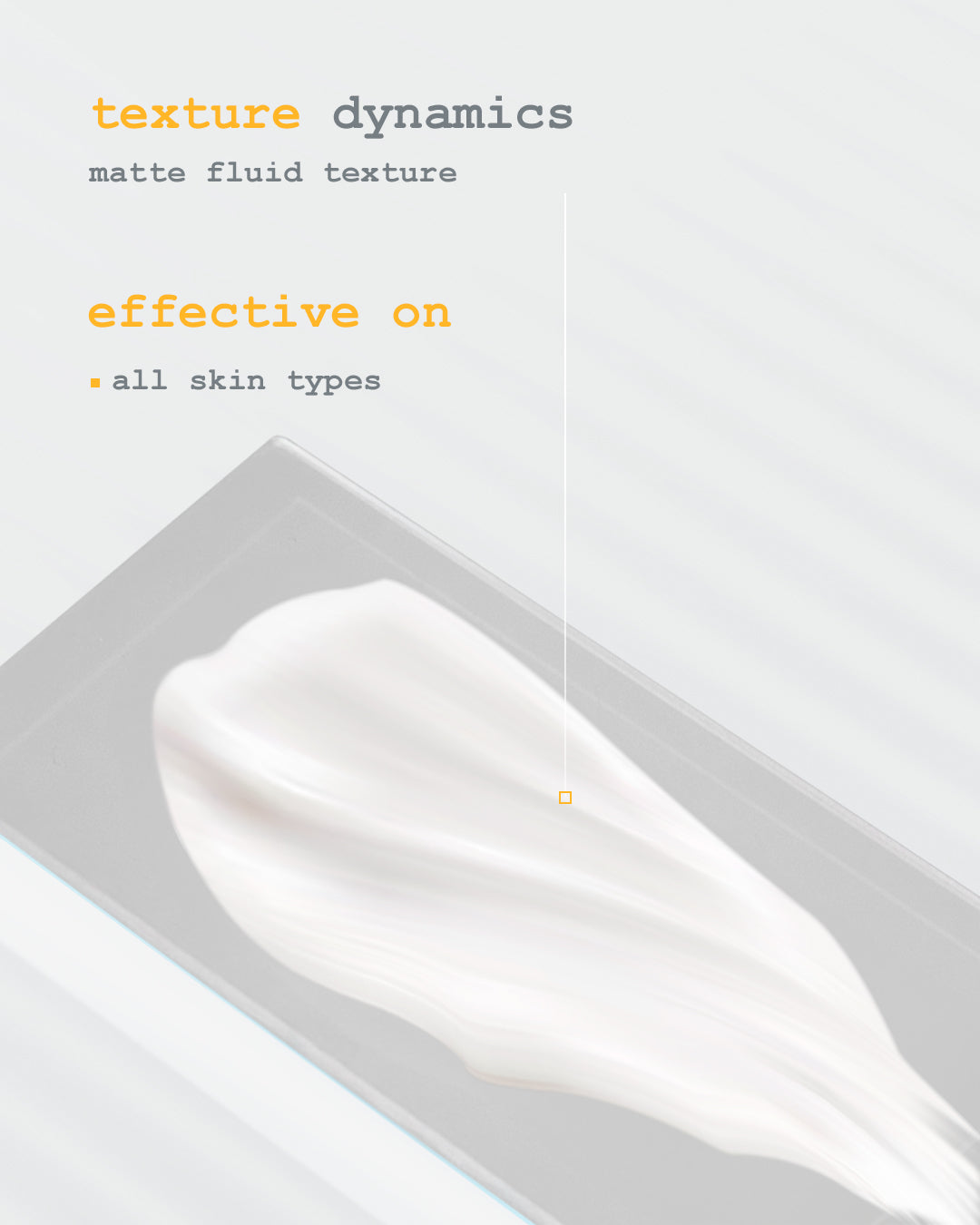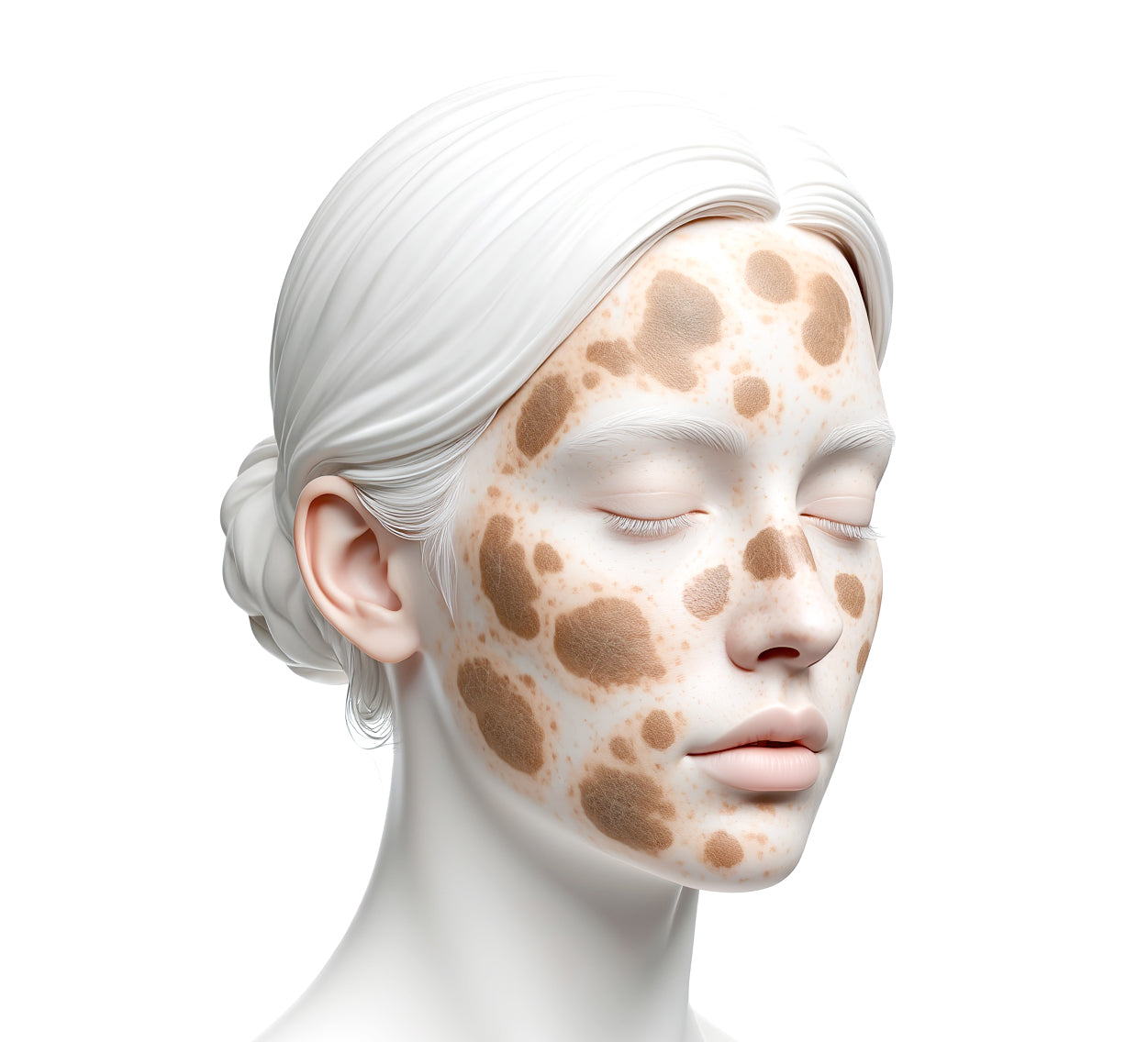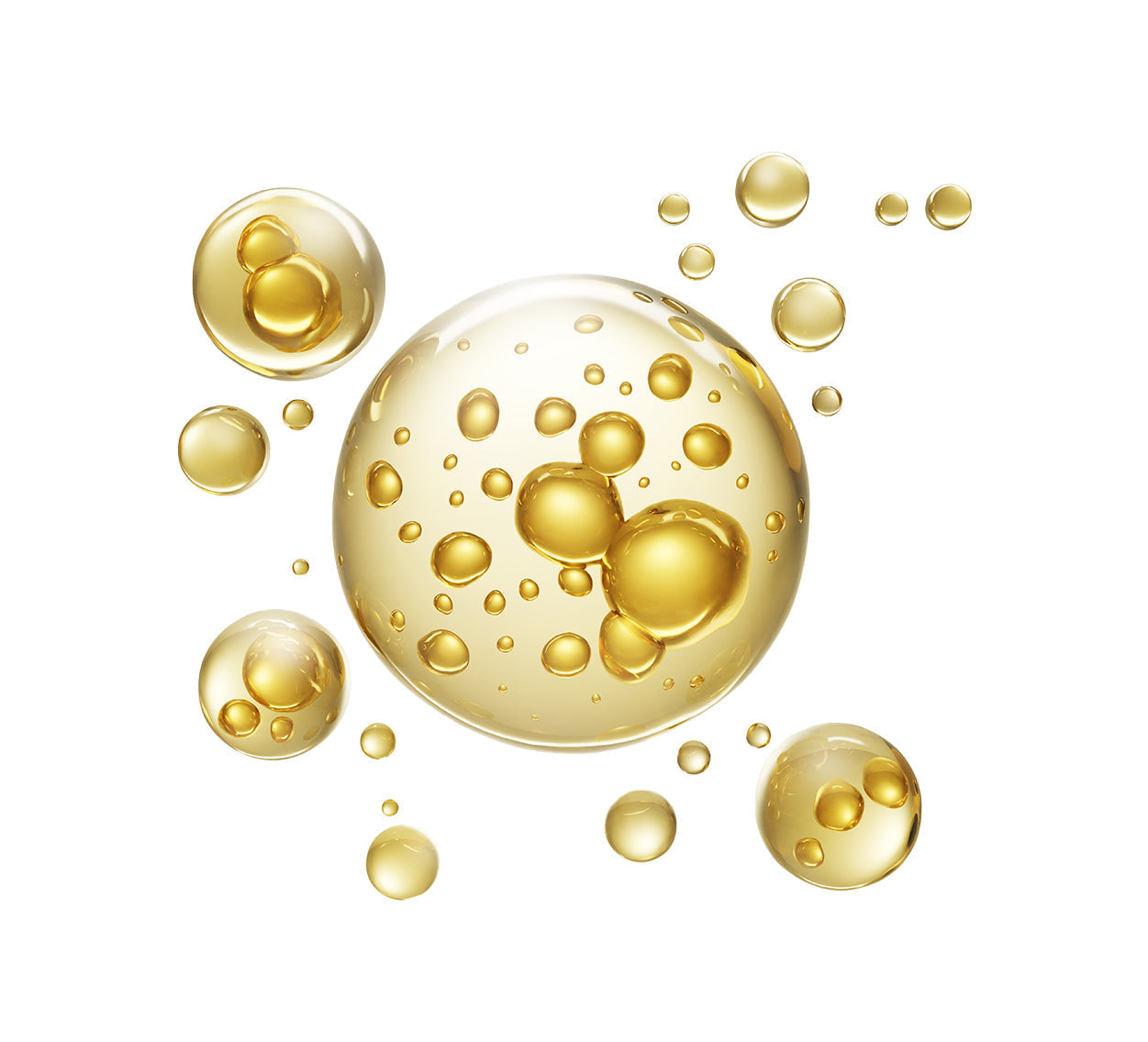Dark Spots: What They Are, Why They Happen, and How to Treat Them
Where Do Dark Spots Appear Most?
Dark spots commonly show up in areas frequently exposed to the sun or where skin is more prone to inflammation:
- Cheeks and forehead
- Upper lip
- Nose bridge
- Jawline and chin
- Back of hands and décolleté
Not all pigmentation is the same. Identifying the type can help tailor your treatment:
- PIH (Post-Inflammatory Hyperpigmentation) – Follows breakouts, cuts, or irritation
- Sunspots (Lentigines) – Result from cumulative sun exposure
- Melasma *blog backlink on MELASMA* – Hormone-related pigmentation, often symmetrical
- Freckles – Genetic and UV-triggered; typically harmless
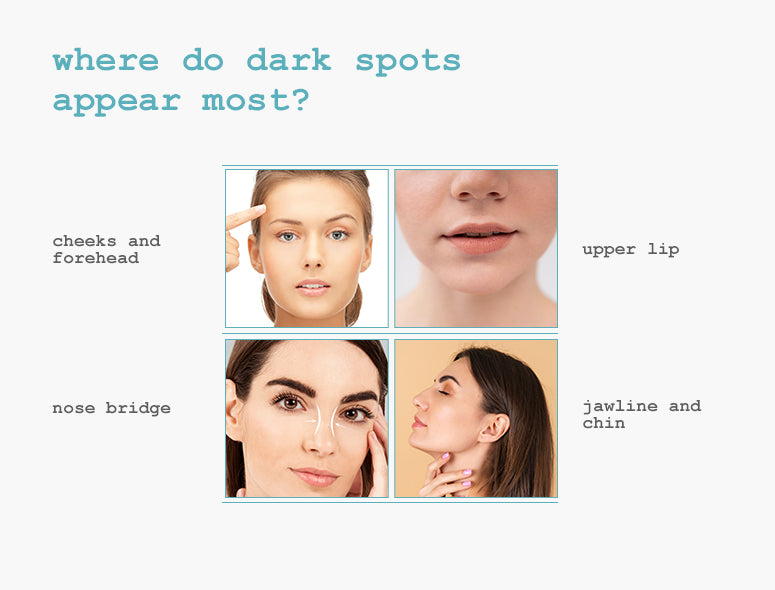
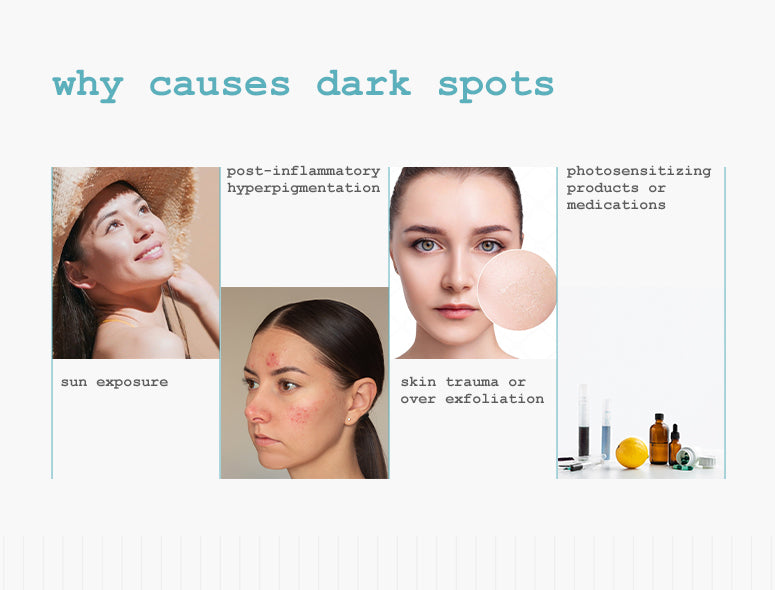
What Are Dark Spots?
Dark spots form when the skin produces excess melanin, typically in response to inflammation, injury, or UV exposure. While they are not harmful, they can disrupt overall skin tone and become more visible over time—especially on sensitive skin.
Why Causes Dark Spots
Several common triggers can lead to dark spot formation:
- Sun exposure – UV light increases melanin production
- Post-inflammatory hyperpigmentation (PIH) – From acne, cuts, or rashes
- Hormonal changes – Melasma-related pigmentation
- Skin trauma or over exfoliation – Can trigger melanin production in irritated areas
- Photosensitizing products or medications
How to Reduce Dark Spots and Prevent New Ones
Managing hyperpigmentation is a combination of prevention, protection, and gentle care. Here's how to reduce dark spots effectively:
- Use broad-spectrum SPF daily to block UV-triggered pigmentation
- Avoid picking blemishes or scratching the skin
- Limit over exfoliation *blog backlink on OVER-EXFOLIATION*, which can worsen pigmentation in sensitive skin
- Incorporate antioxidants and pigment-regulating ingredients (like niacinamide, kojic acid, or azelaic acid)
- Maintain a gentle, barrier-supportive skincare routine
Sun exposure is one of the most persistent triggers of hyperpigmentation. Daily sunscreen use is essential to prevent dark spots from forming or worsening.
DERMACY SunVex Broad Spectrum Mineral Sunscreen SPF 70 PA++++ *PRODUCT BACKLINK*
Formulated with:
- Zinc Oxide *blog backlink on ZINC OXIDE* for UVA/UVB and blue light protection
- Thermal Spring Water to calm inflammation and reduce pigment-triggering irritation
- A lightweight, non-comedogenic formula with no white cast—ideal for all skin types, including sensitive skin
Final Takeaway
Understanding what causes dark spots and how to care for sensitive skin is key to effective treatment. A combination of daily sun protection, reduced over exfoliation, and gentle pigment-correcting actives can visibly improve skin tone over time.
For those looking for how to reduce dark spots, prevention is your best tool—and patience is essential





